Specifications and Main Features
- Chipset: Silicon Graphics’s GeForce2 MX400
- Performance Aspects -
- High Performance 2D and 3D accelerator engine of 256-bit
- x2/x4 AGP Support With Surface Texturing And Fast Writes
- Integrated 350MHZ RAMDAC Maximum resolution of 2048 by 1536 pixels at a refresh rate of 75Hz
- A bus interface with 64 bits and memory of 32 mega bytes of DDr sdram
- Center frequency of 200mhz
- Pixels fill rate of four hundred million per second and texel fill rate of eight hundred million per second
- Bandwidth is 2.7GBs per second.
- Supports transform and lighting Engines (T&L) of second generation.
- Support for DirectX versions 7.0, 6.0, and 5.0 are fully supported
- Enhanced DirectDraw capabilities also ensure that high-quality DVDs play back smoothly
- Video Capabilities in pentium system specification:
- For DVDs and 720p Video Resolutions Hardware HTDV enables for breathtaking full screen videos.
- With hardware color space implementation the subsections for conversion YUV 4:2:2 and 4:2:0 making hardware use able is efficient.
- Turbo CAD includes other tools such as filtering and scaling capabilities
- Accelerated Video Direct show, Mpeg 1, Mpeg 2 acceleration.
Frequently Asked Questions
Q1: Why do you think Graphics Card MX400 did make an MX400 DDR version? What advantage does the customer gain from this extra DD function?
A1: The graphics card Siluro MX400 DDR/Siluro T400 DDR is suitable for people who enjoy working with graphics since it enables them to play 3D games, watch videos, and create digital media with improved graphic processing capability.
Q2: Does the Siluro MX400 DDR model and the Siluro T400 DDR model have different memory sizes? If so what are the sizes of them?
A2: These two types have 32MB DDR SDRAM on board.
Q3: What type of monitors can be attached to the Siluro T400 DDR?
A3: Through the output ports, analog monitors, digital flat panels, and even TVs may be connected.
Q4: What is the highest resolution that can be viewed on this graphics cards?
A4: It can go up to 2048 x 1536 resolution @75Hz with the graphics cards.
Q5: If I were a user of this product, would I also expect support for Direct X and Open GL?
A5: Yes, the cards are fully compatible with DirectX 7.0 and all lower versions together with enhancing features in OpenGL.
Q6: Is there flexibility in the types of motherboards in which I can install the graphics card?
A6: The only available option is a motherboard that has an AGP slot which the graphics card can only work on.
Q7: Can the computer overclock safely with the use of the Graphic Max utility that is given?
A7: Overclocking, the act of increasing the operating speed and voltage to gain more power and speed, is a very risky and damaging procedure to both the memory and graphics processor so do it at your own risk.
Q8: How does Siluro T400 DDR compare to Siluro MX400 DDR in terms of special features?
A8: Siluro MX400 DDR and Siluro T400 DDR share the same core specification basis but the latter includes additional feature of TV-Out a functionality that the former lacks.
Q9: Drivers for a certain graphics card can be found behind which CD?
A9: Using the available Instructional CD to install the drivers while following the instructions provided in the user manual assists greatly in the installation of the drivers.
Q10: Is there an appendix available in the user manual that assists in locating the technical support?
A10: Manufacturers’ websites usually have the information you need relative to technical support as does the appendix in the user manuals.
User Manual
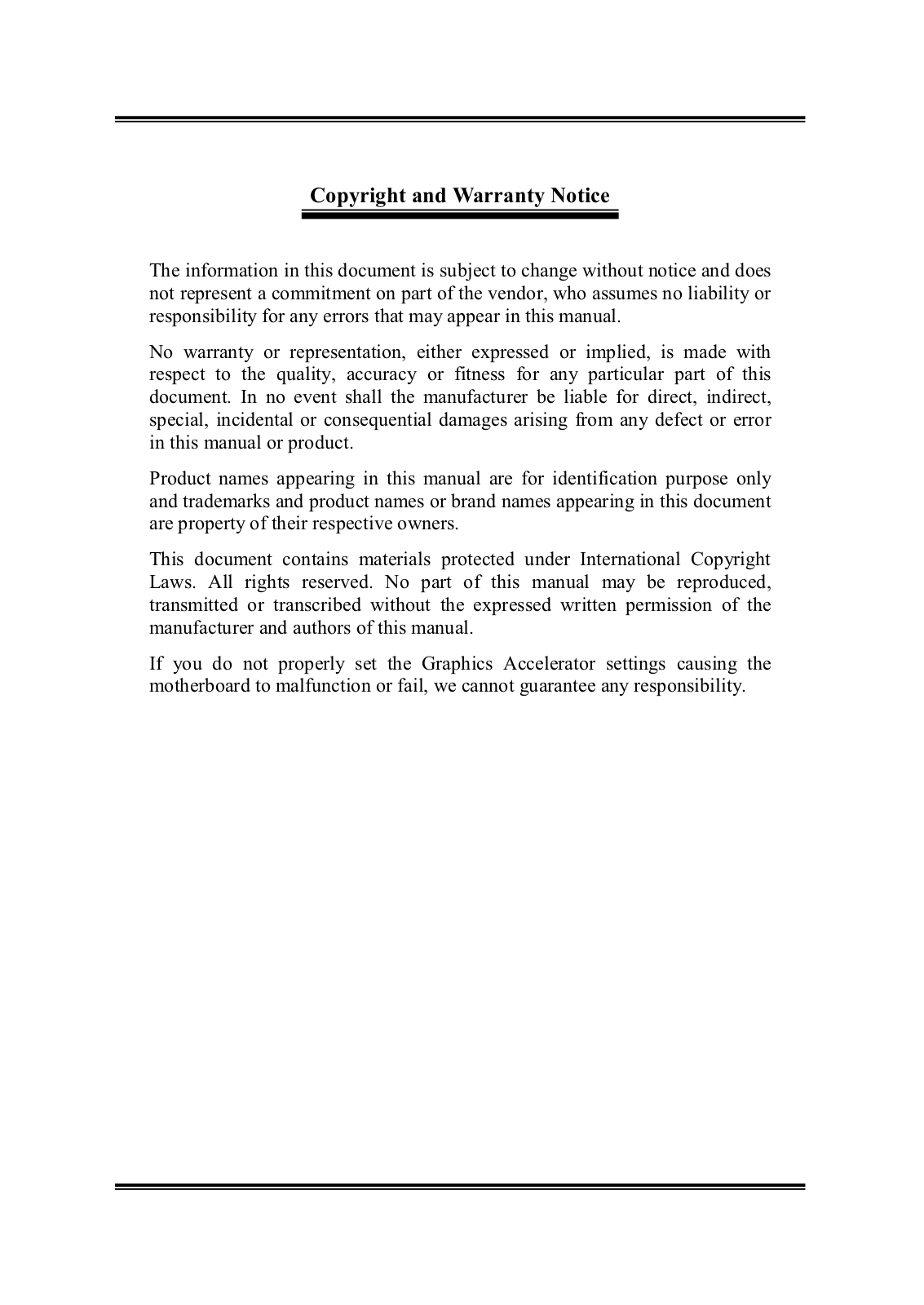

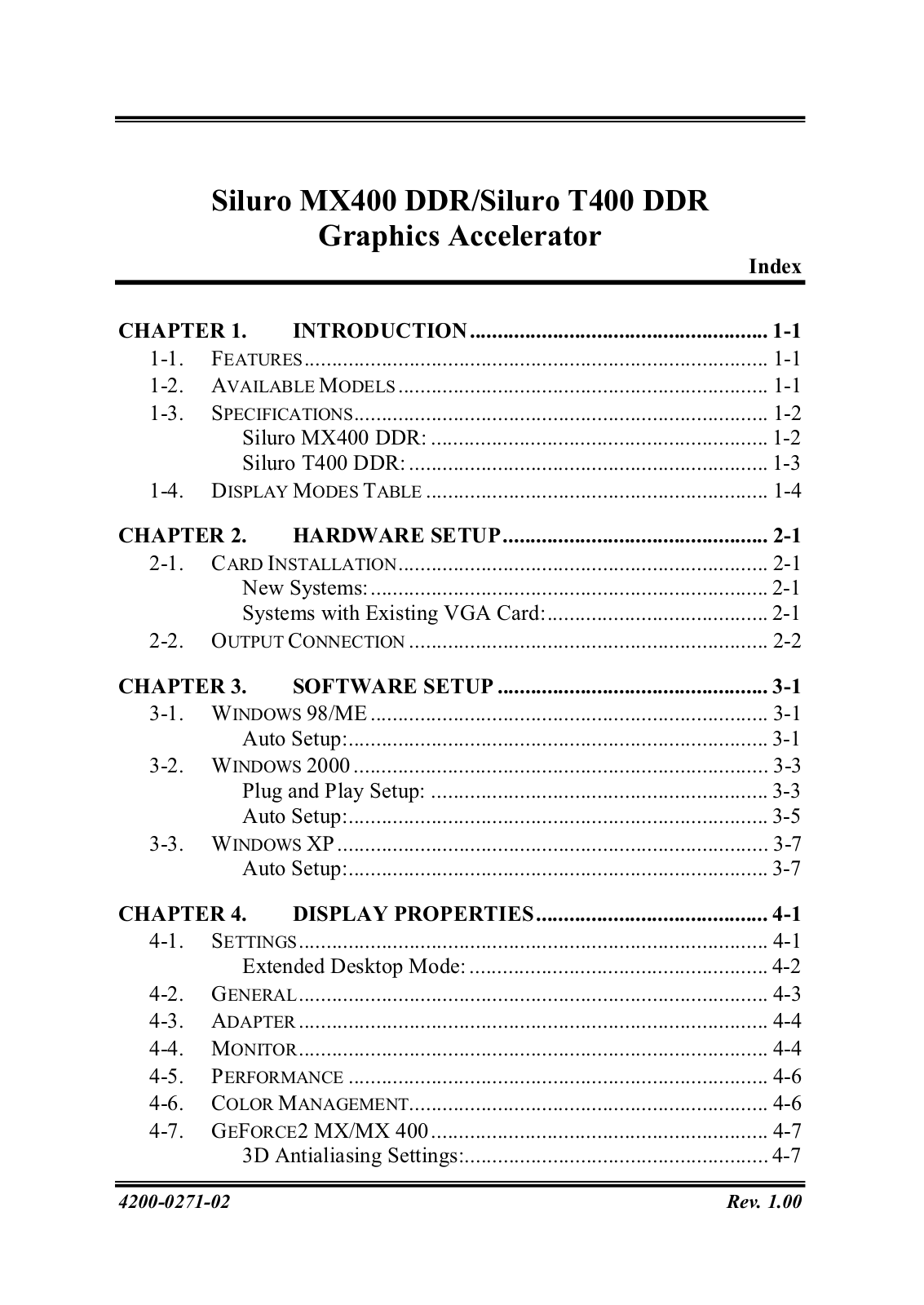
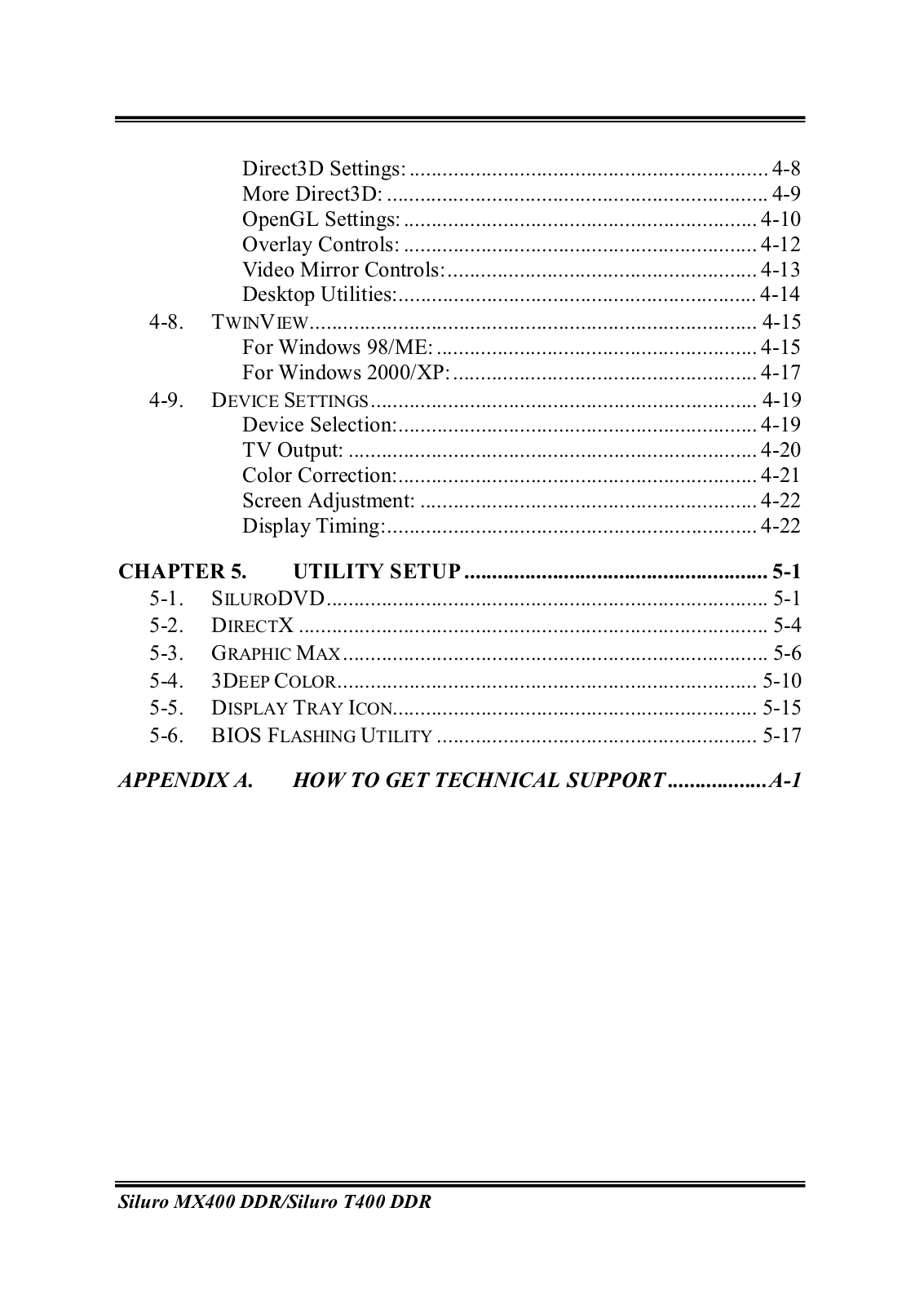
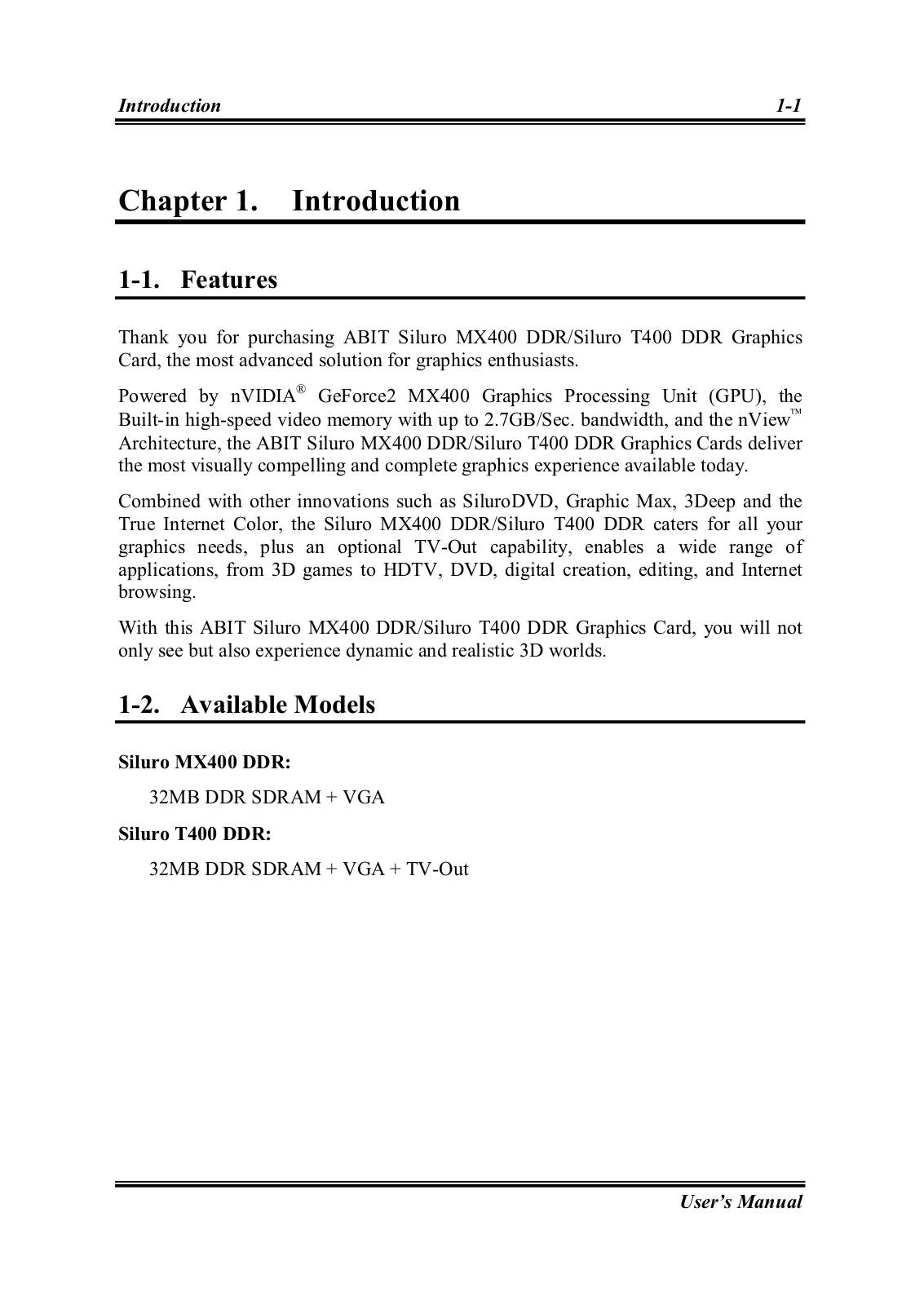
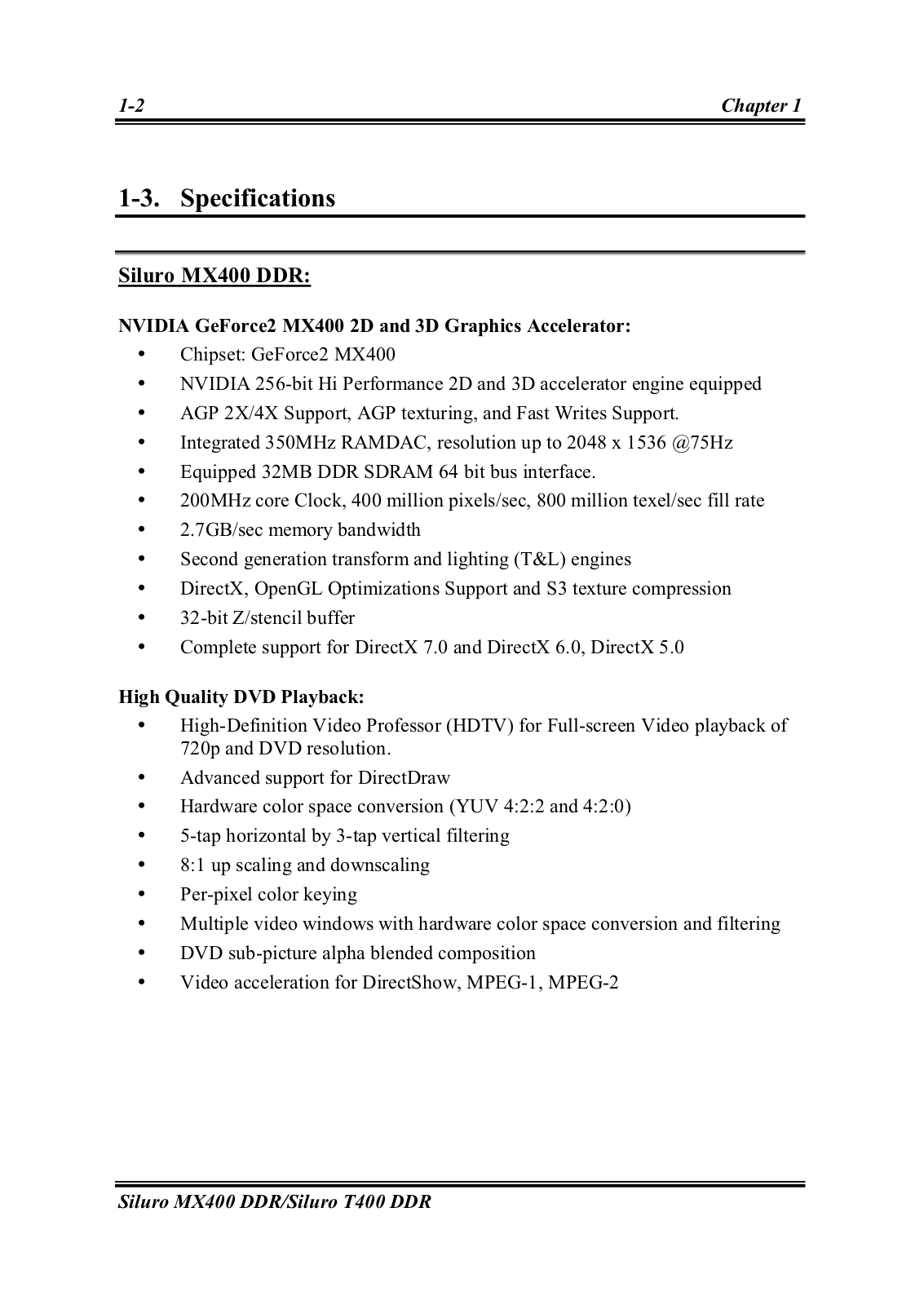
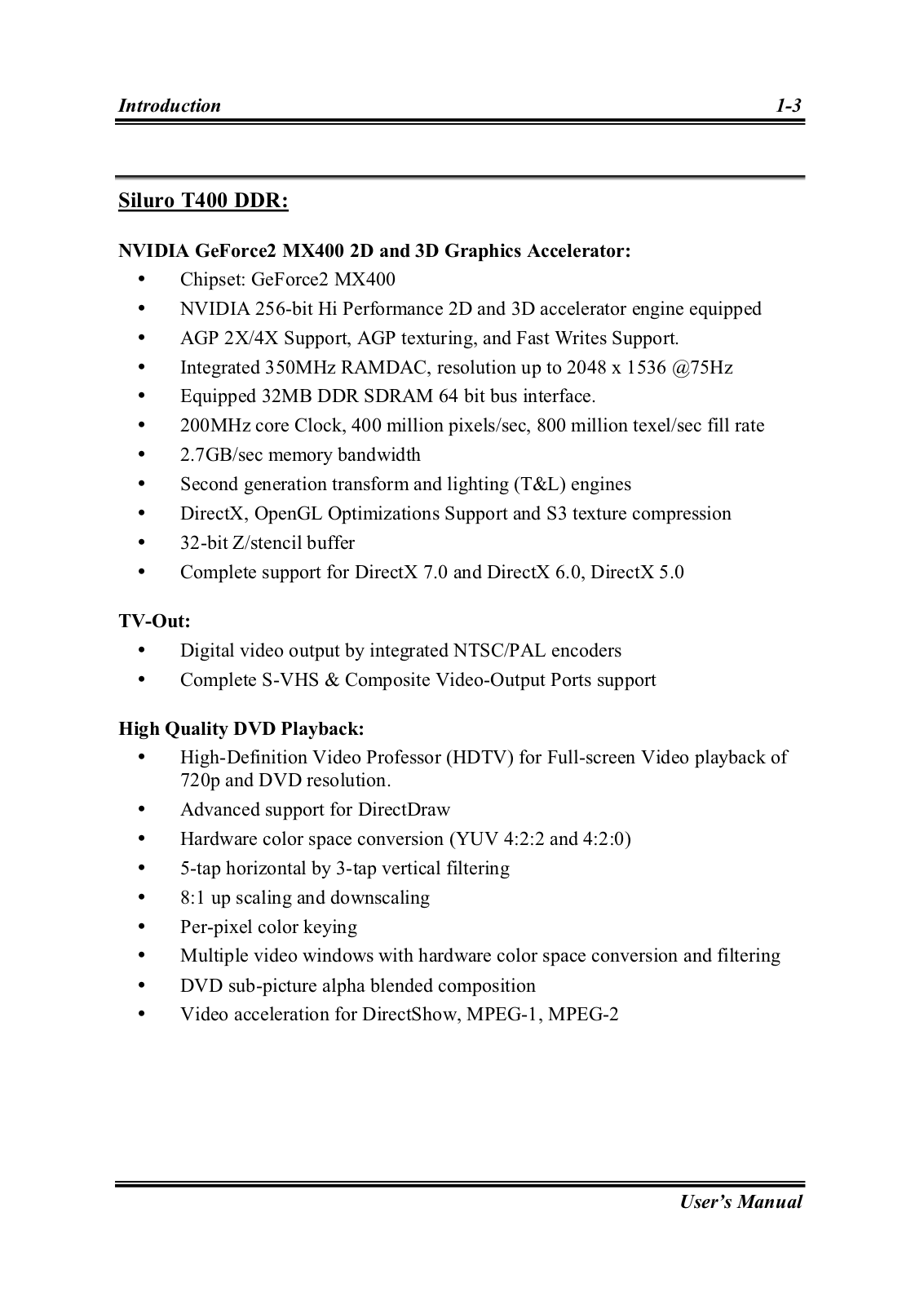
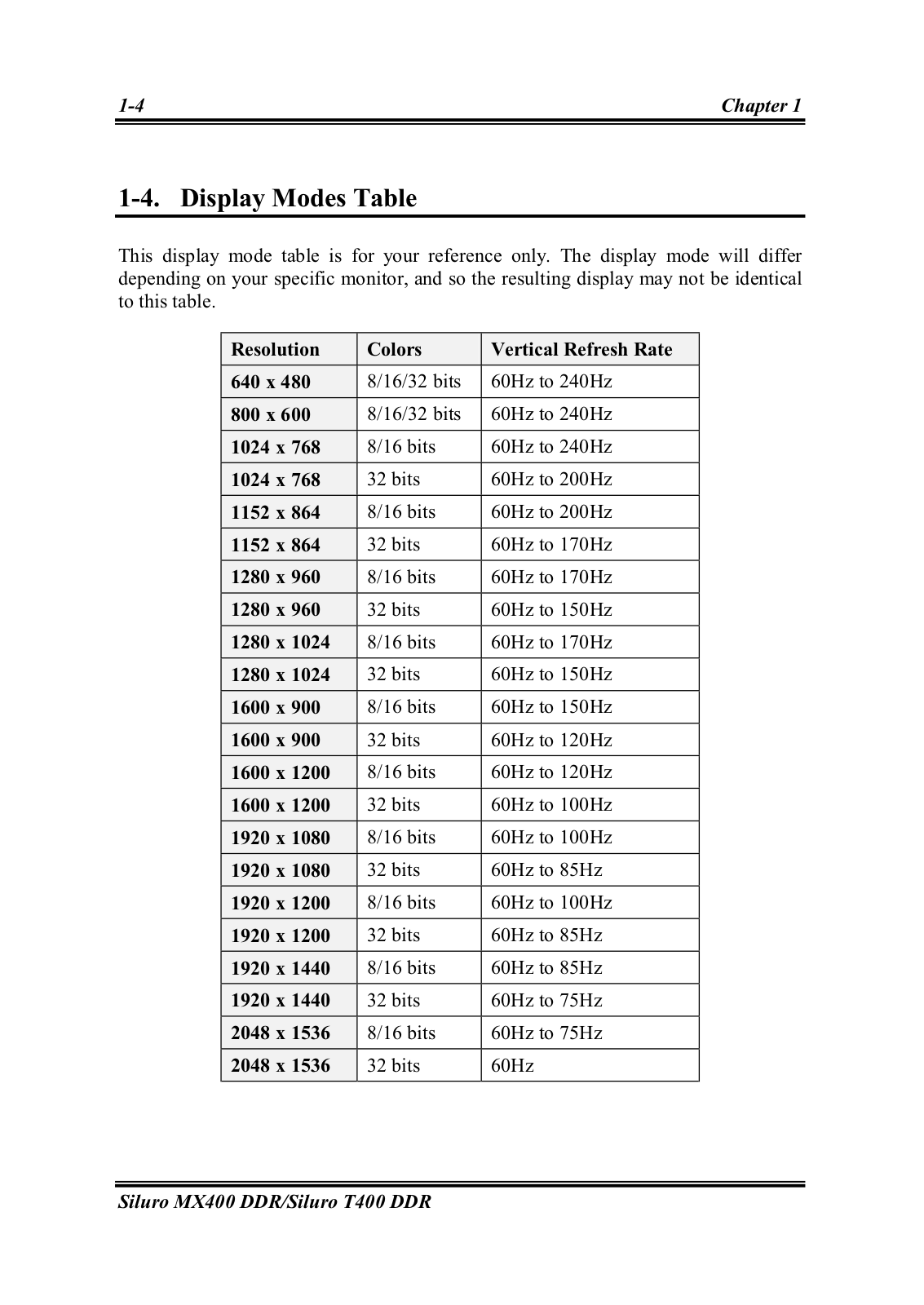
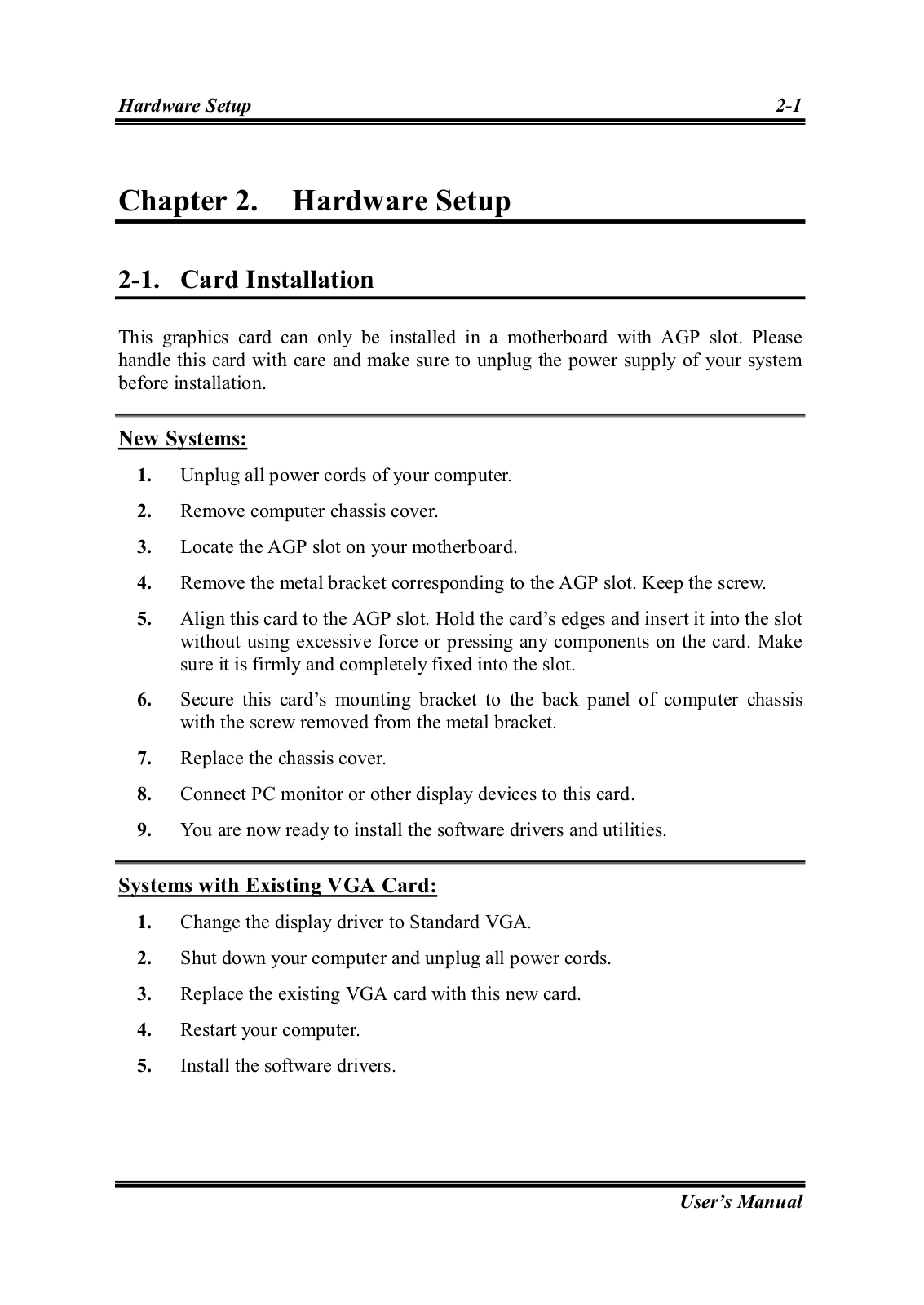
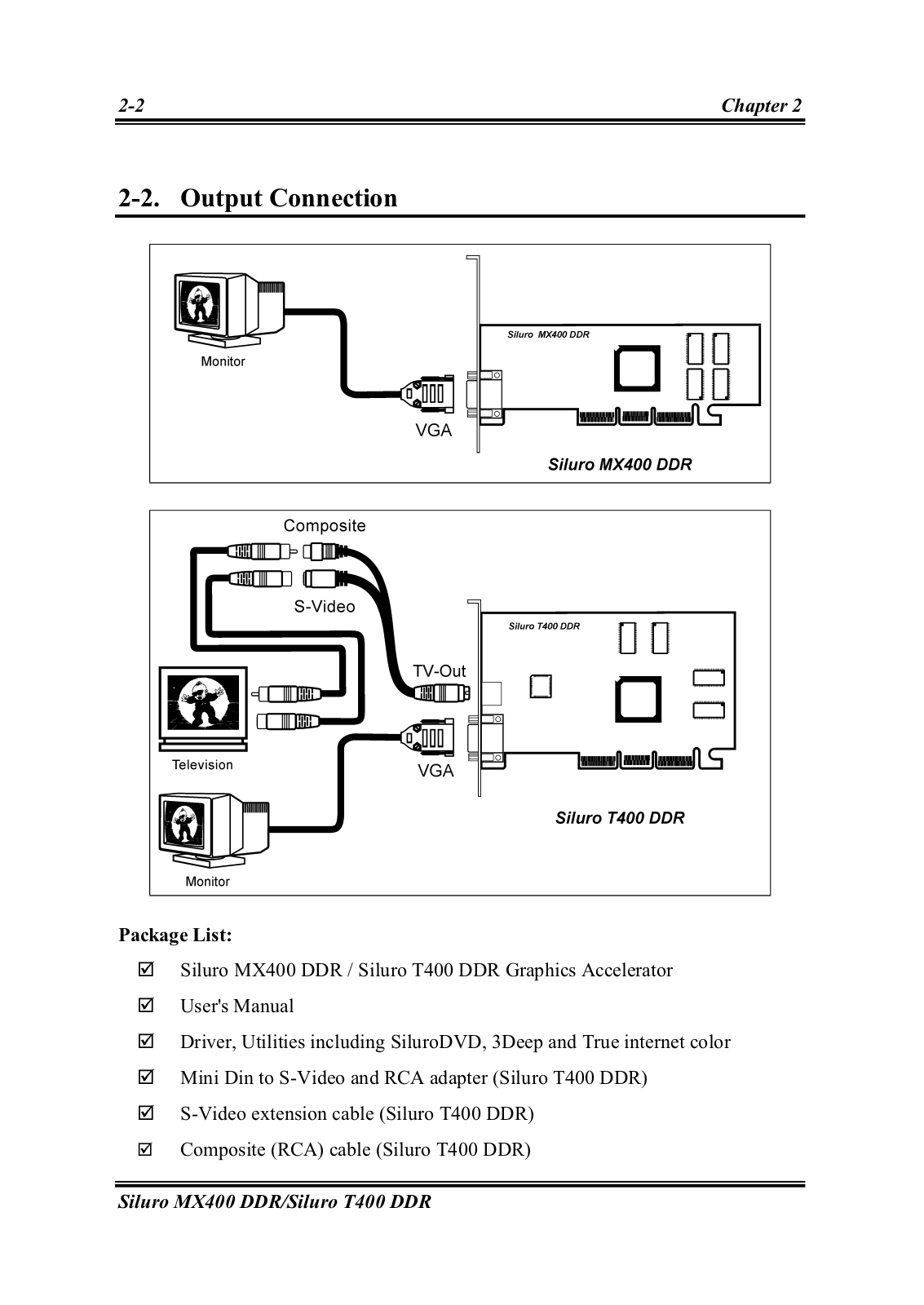


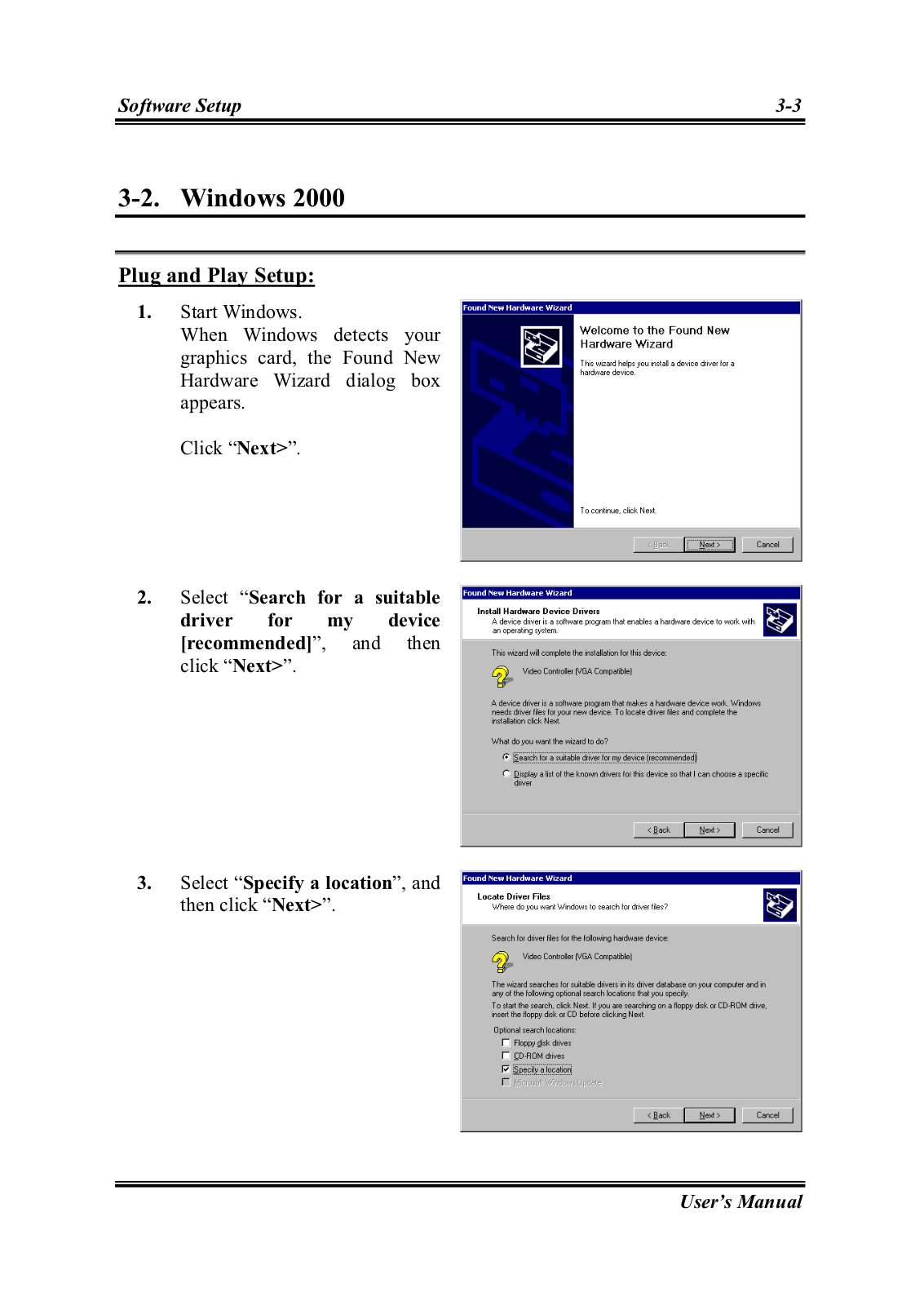
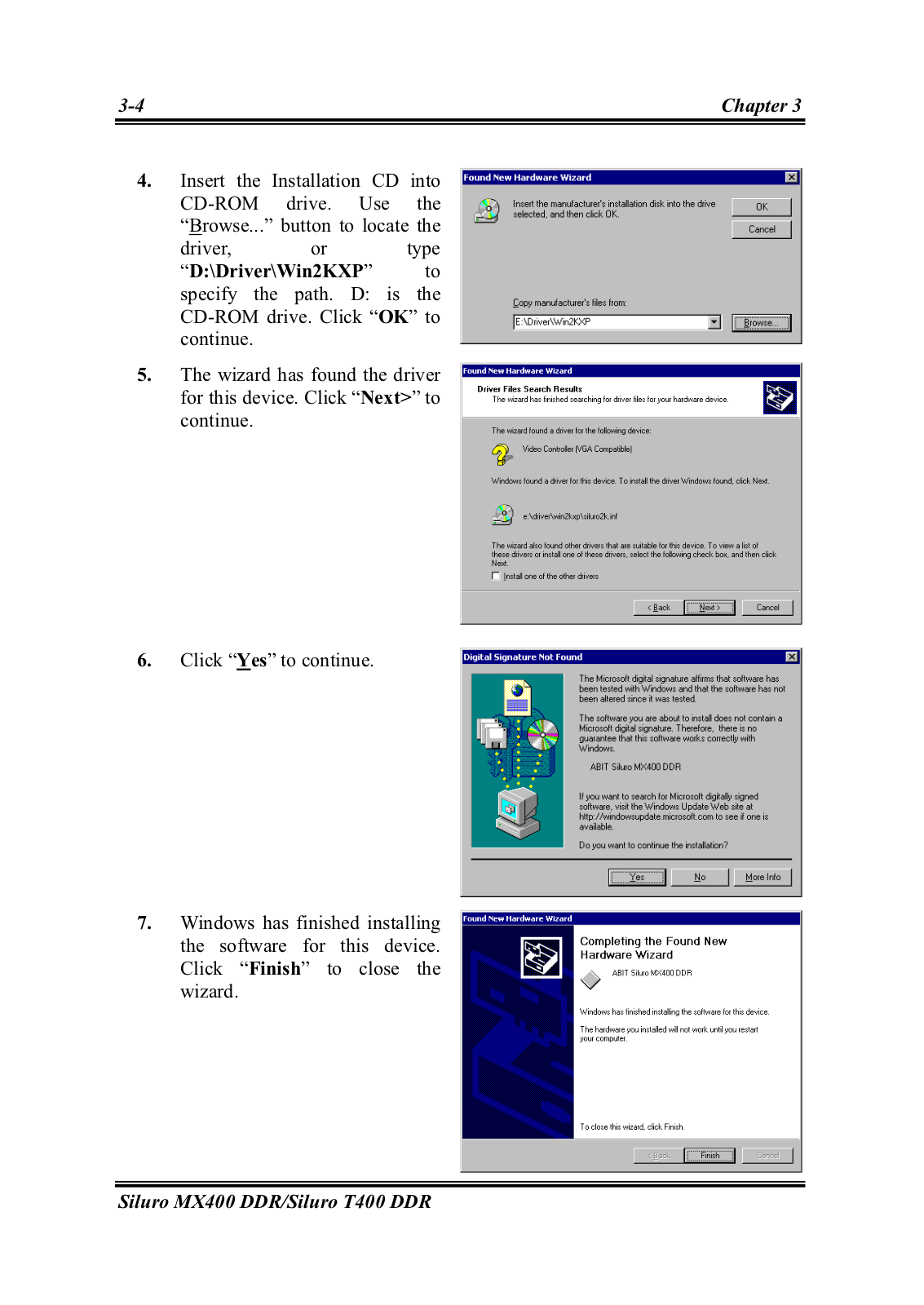
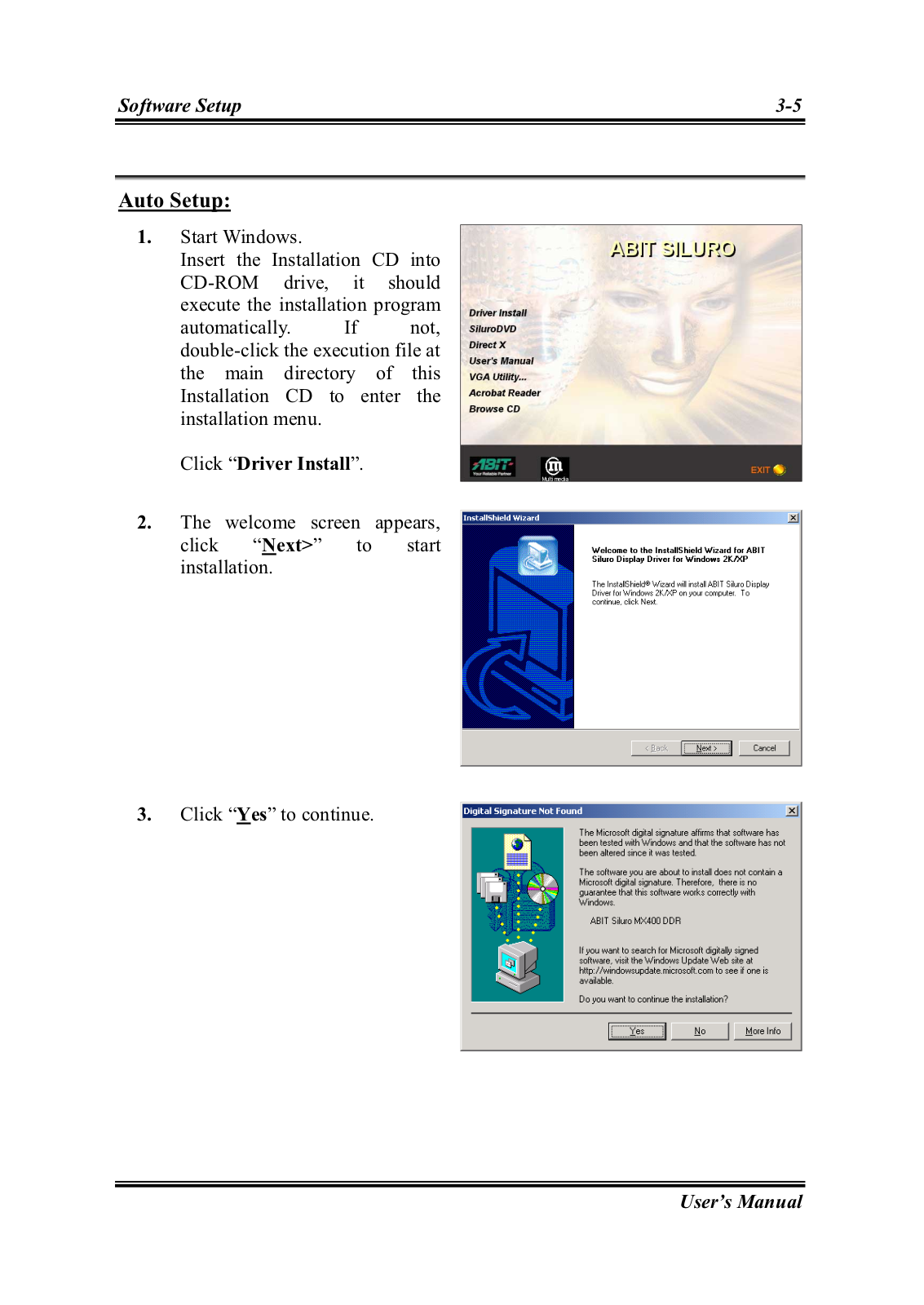

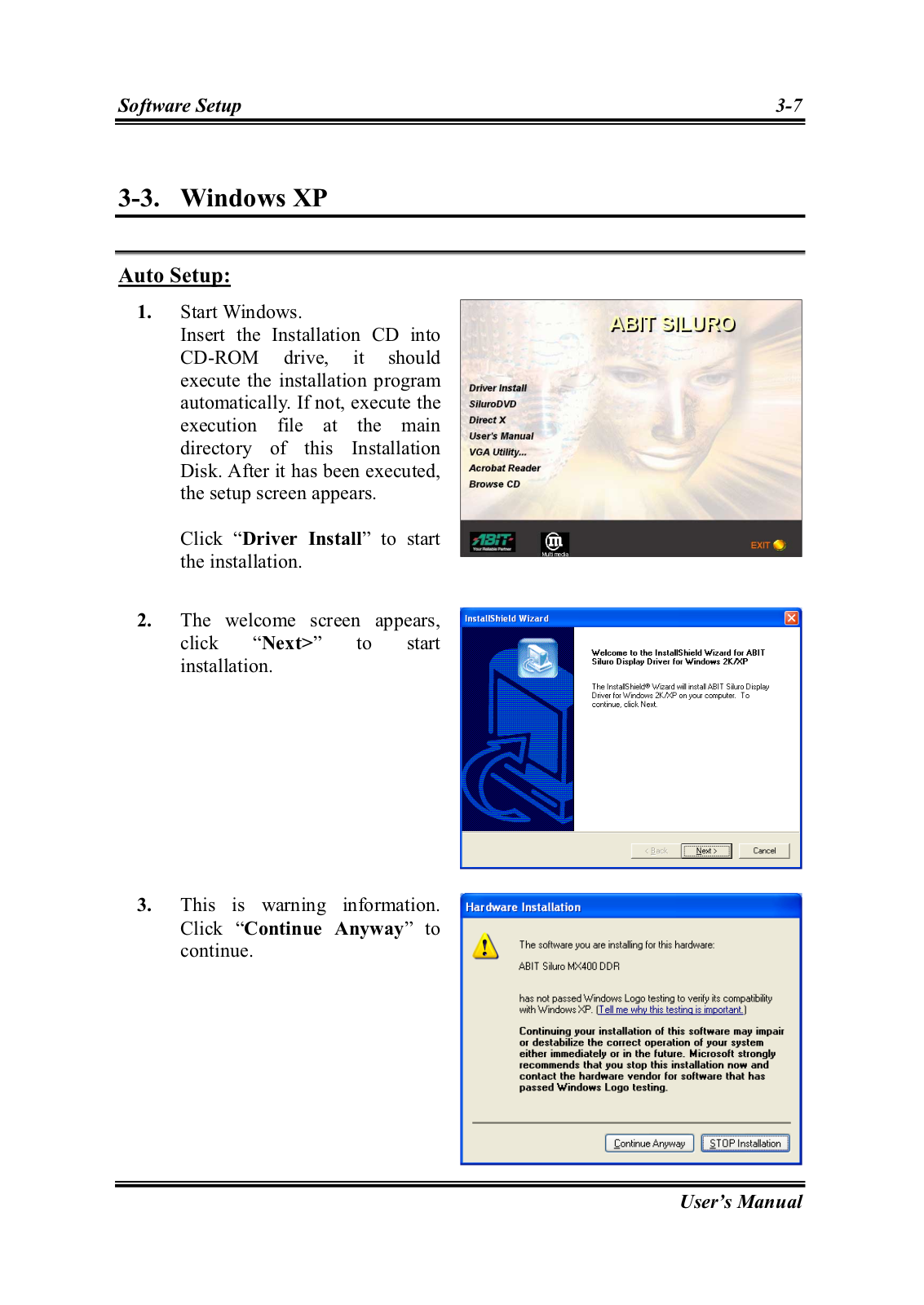
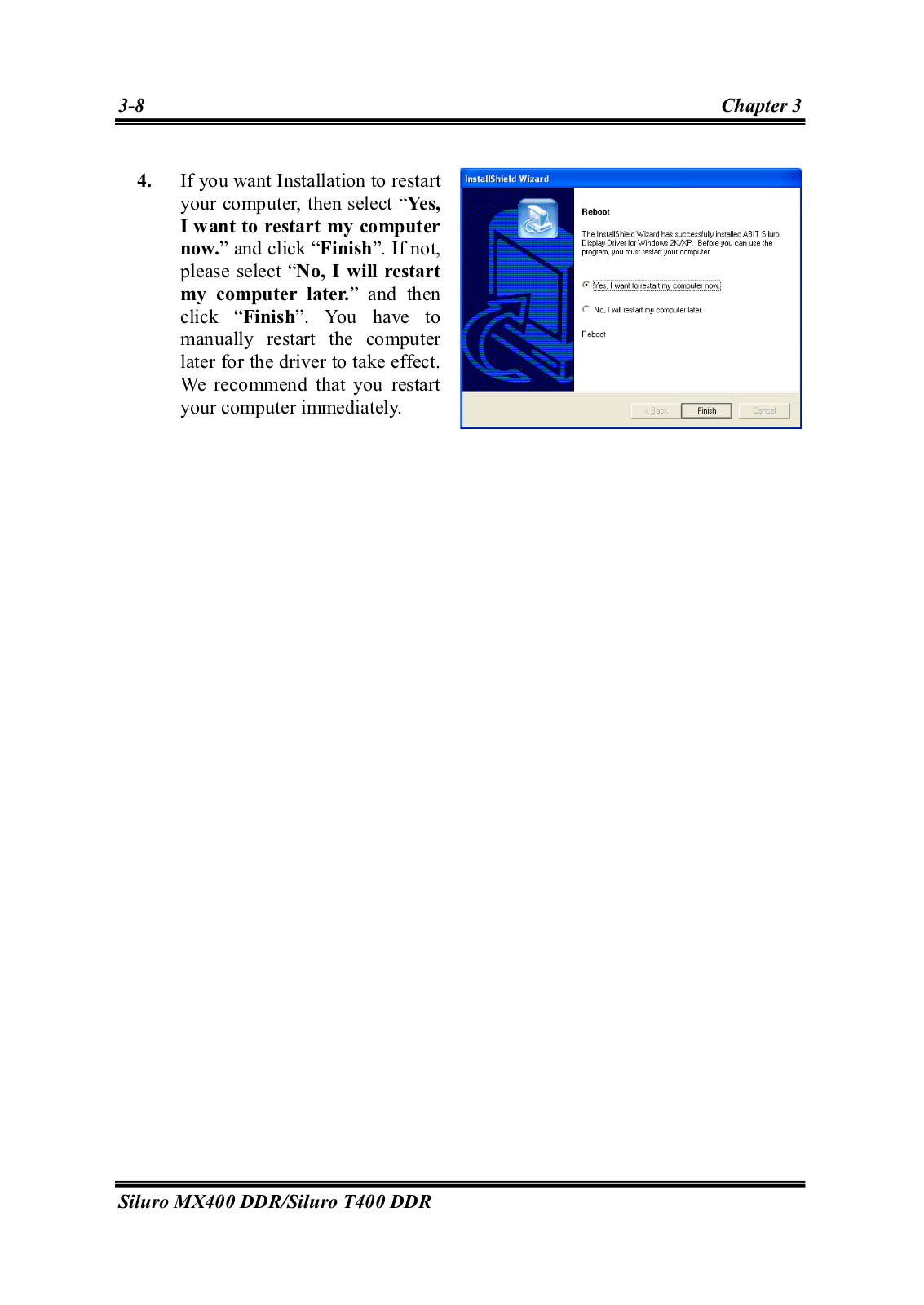
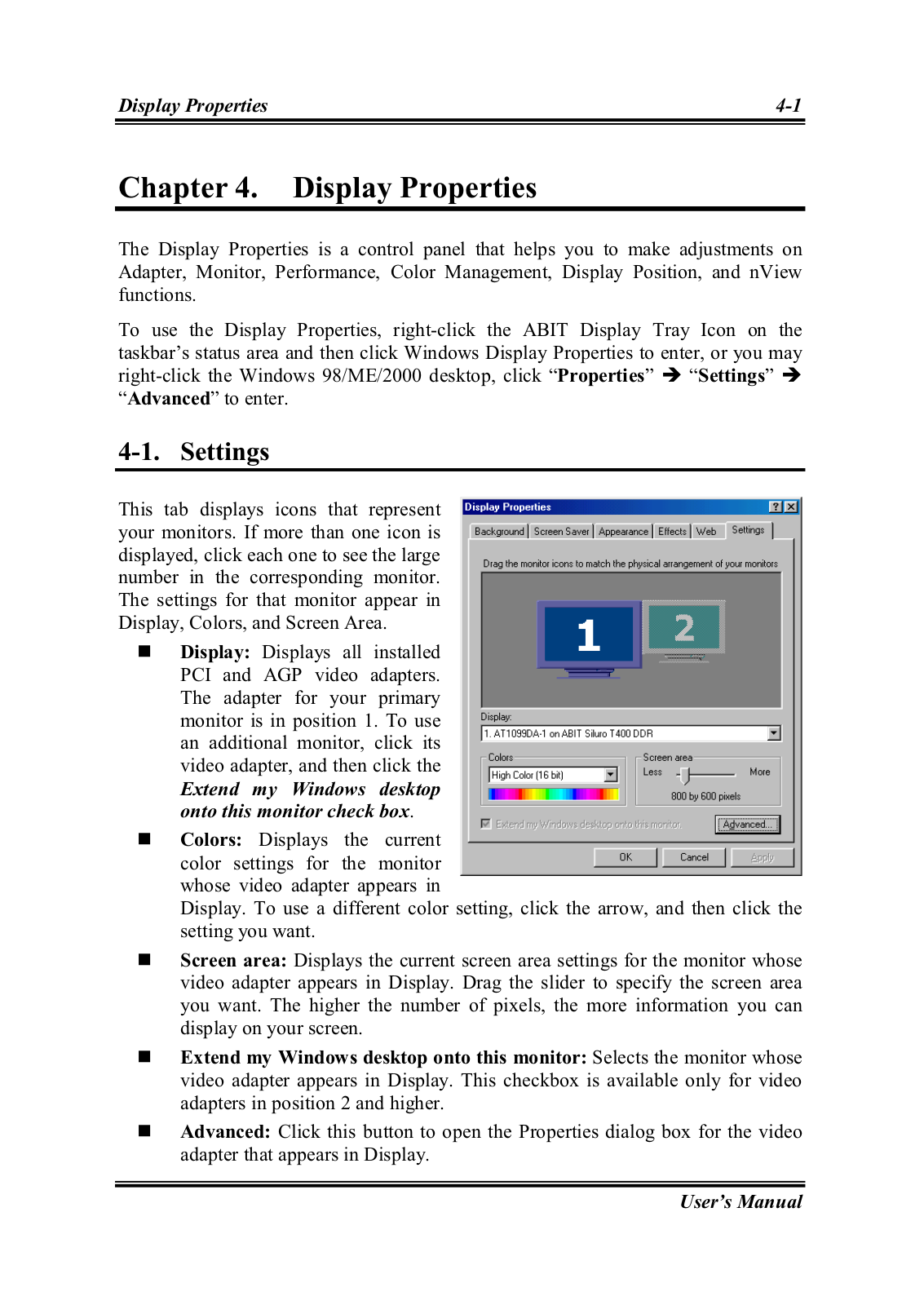
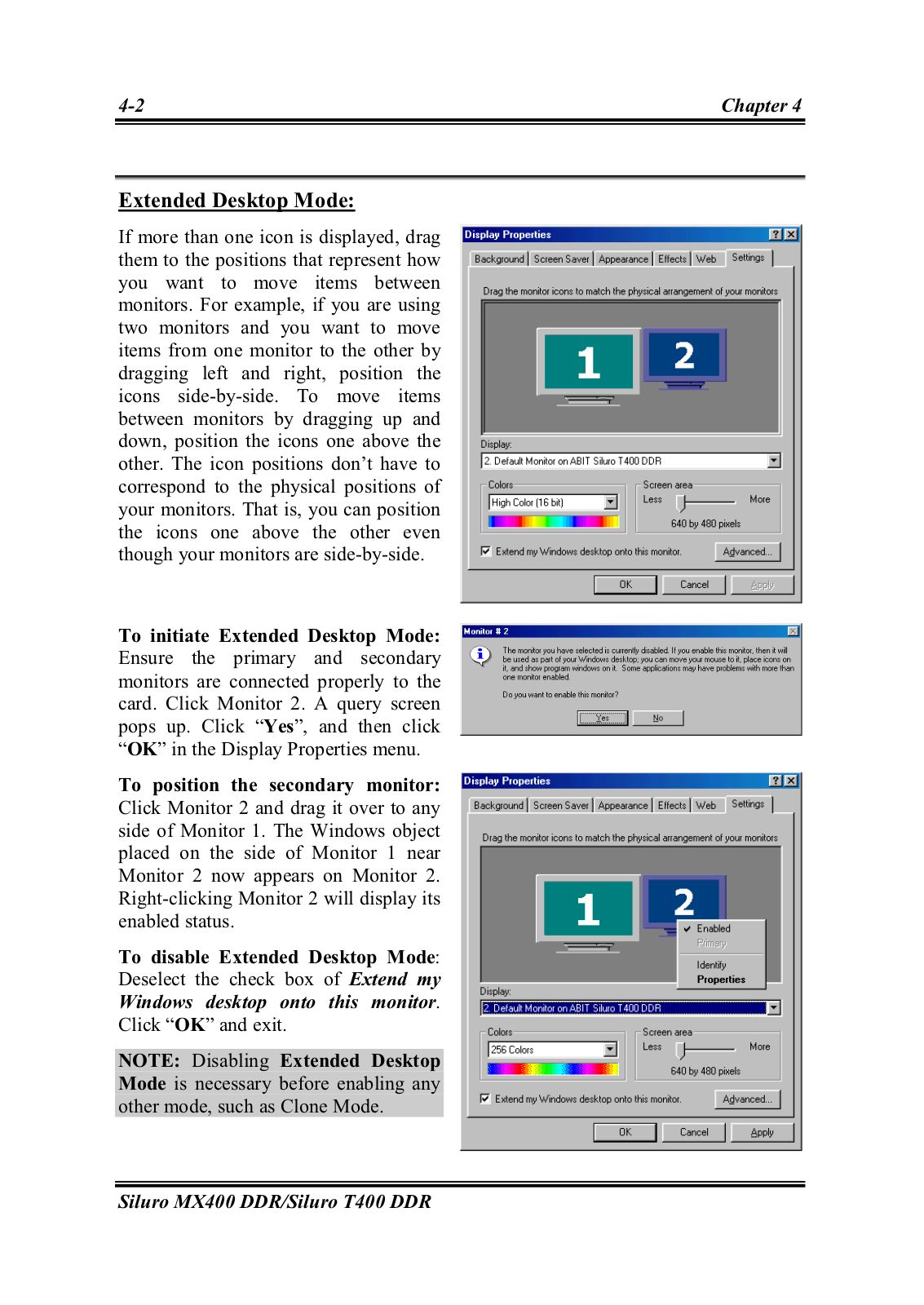




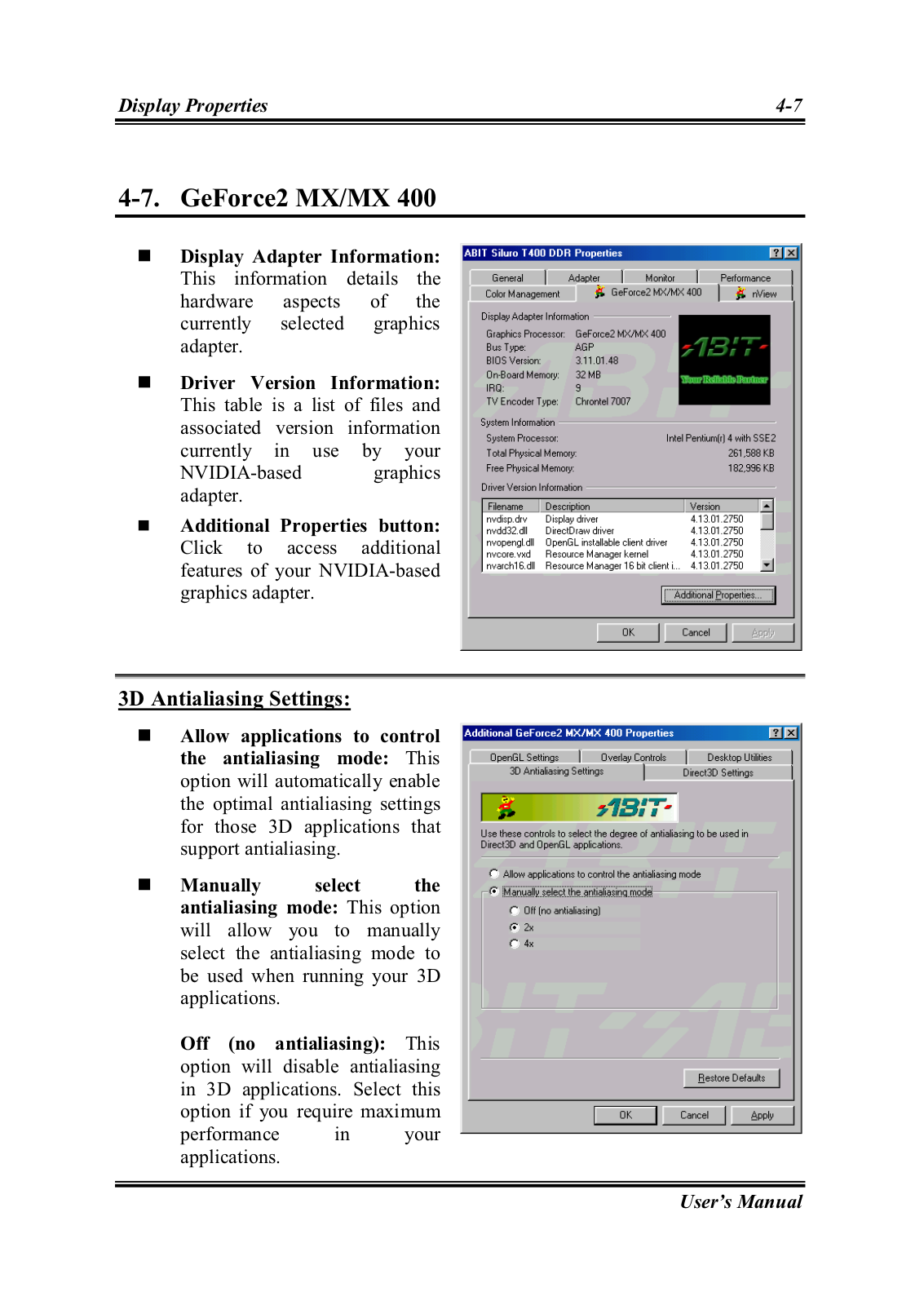

























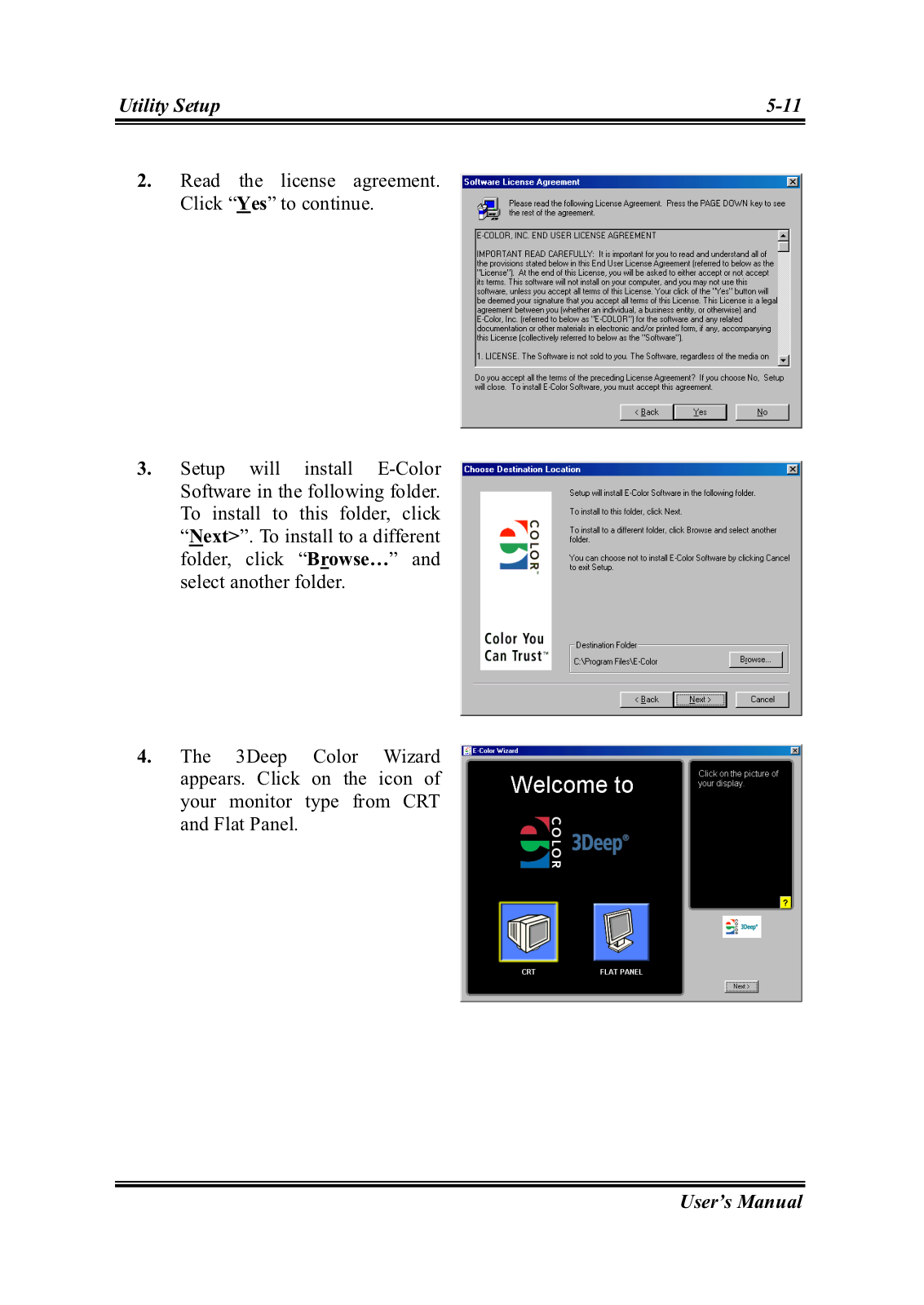













